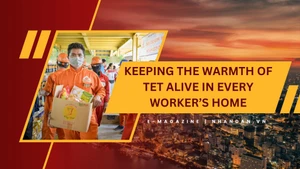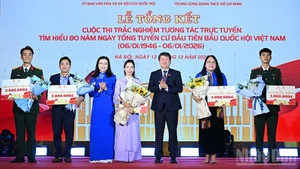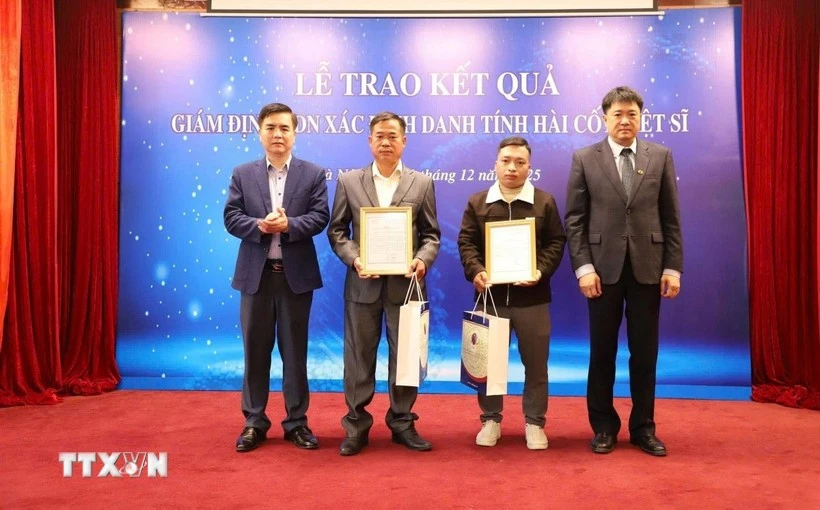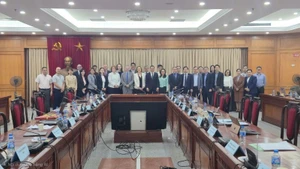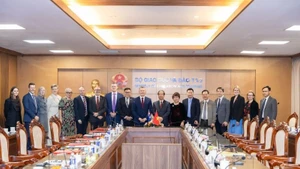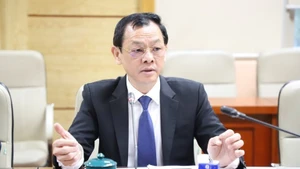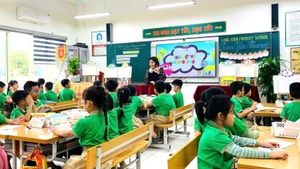According to the Ha Noi Office for the Coordination of the New-Style Rural Area Development Programme, as of the end of 2024, all communes in the city have met the new-style rural standards, 60% have achieved advanced standards, and 29% have been recognised as model new rural communes.
Since 2021, total capital mobilised for the programme has been estimated at approximately 96.61 trillion VND, reaching 137.3% of the initial target of 71.83 trillion VND.
Thanks to this investment, the economy has grown robustly and living standards have steadily improved. The GRDP growth rate in the third quarter of 2025 is estimated at 8.85%. Agricultural production value has risen by more than 3% annually, while exports of agricultural and forestry products have exceeded 2 billion USD.
Since 2021, total capital mobilised for the programme has been estimated at approximately 96.61 trillion VND, reaching 137.3% of the initial target of 71.83 trillion VND.
Average rural per capita income has increased from 13 million VND in 2010 to 74.3 million VND in 2024, the highest nationally.
Infrastructure has also been comprehensively modernised: 100% of commune and inter-village roads are now concreted or asphalted; all communal health stations meet national standards; over 95% of residents have health insurance; more than 96% of schools meet required standards; and the irrigation system ensures water supply for more than 95% of agricultural land.
Ngo Van Ngon, Deputy Chief of the Ha Noi Office for the Coordination of the New-Style Rural Area Development Programme, noted that to integrate rural development with urbanisation, the city has focused on expanding industries and strengthening the rural economy.
Between 2021 and the end of the second quarter of 2025, Ha Noi recognised 38 craft villages and traditional crafts.

To date, a total of 337 craft villages and traditional crafts have been awarded titles. Their products are of high quality and are diverse in type and design, with some enjoying competitive advantages in both domestic and international markets.
In 2025, the city will continue to evaluate and recognise a further 14 craft villages and traditional crafts.
Notably, two traditional craft villages — Bat Trang Ceramics and Van Phuc Silk Weaving — have become members of the Global Network of Creative Craft Cities.
The annual revenue of recognised craft villages has exceeded 24 trillion VND, contributing actively to structural transformation in rural areas, fostering economic development, creating jobs, raising incomes for local workers, and laying the foundation for successful implementation of the “One Commune, One Product” (OCOP) programme.
Two traditional craft villages — Bat Trang Ceramics and Van Phuc Silk Weaving — have become members of the Global Network of Creative Craft Cities.
At present, 100 craft and trade villages produce OCOP items, with 929 out of 3,463 (26.8%) of Ha Noi’s OCOP products originating from craft villages and rated three stars or above. The city has also recognised 54 tourism sites and city-level tourist areas, 29 of which are linked to community tourism in craft villages and rural agricultural zones.
Looking ahead, Ha Noi will promote rural development in tandem with urbanisation by planning and zoning for the growth of craft villages, industries, rural industrial clusters, and service areas to meet production, business, and trade promotion needs.
Priority will be given to boosting the consumption of agricultural products through promotional activities, introducing them via modern and sustainable distribution channels on digital platforms, and expanding both domestic and international markets.
The city will also continue to improve and enhance the efficiency of cooperatives through coordination and linkage in production and product consumption.
Farm and household economies operating in linked chains — combining ecological tourism, experiential education, and the consumption of agricultural and craft village products — will be replicated to maximise land use efficiency, thereby promoting sustainable and modern rural economic development.
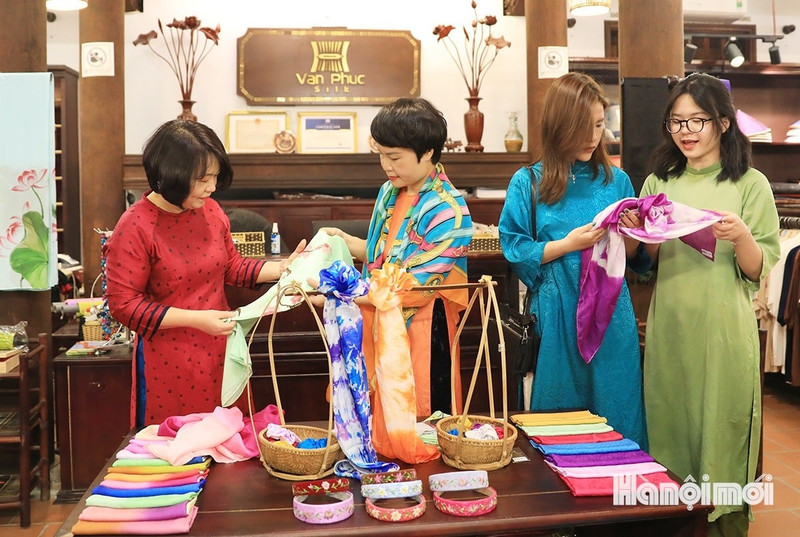
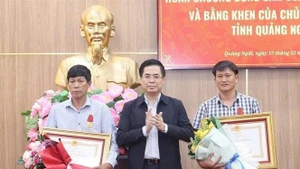
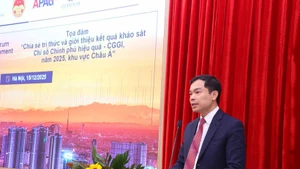
![[Video] Ha Noi: Specialised policies drive sustainable poverty reduction breakthroughs](https://en-cdn.nhandan.vn/images/8f440db7b9bfe62cb5397a6750a8b01bbaf06a77cd3ba844b6a06b6142d24086491b89243c34896c7911c3e80101275f91bf1e90a5f8d4ce13dc0f62a878f516/hanoi.jpg.webp)





